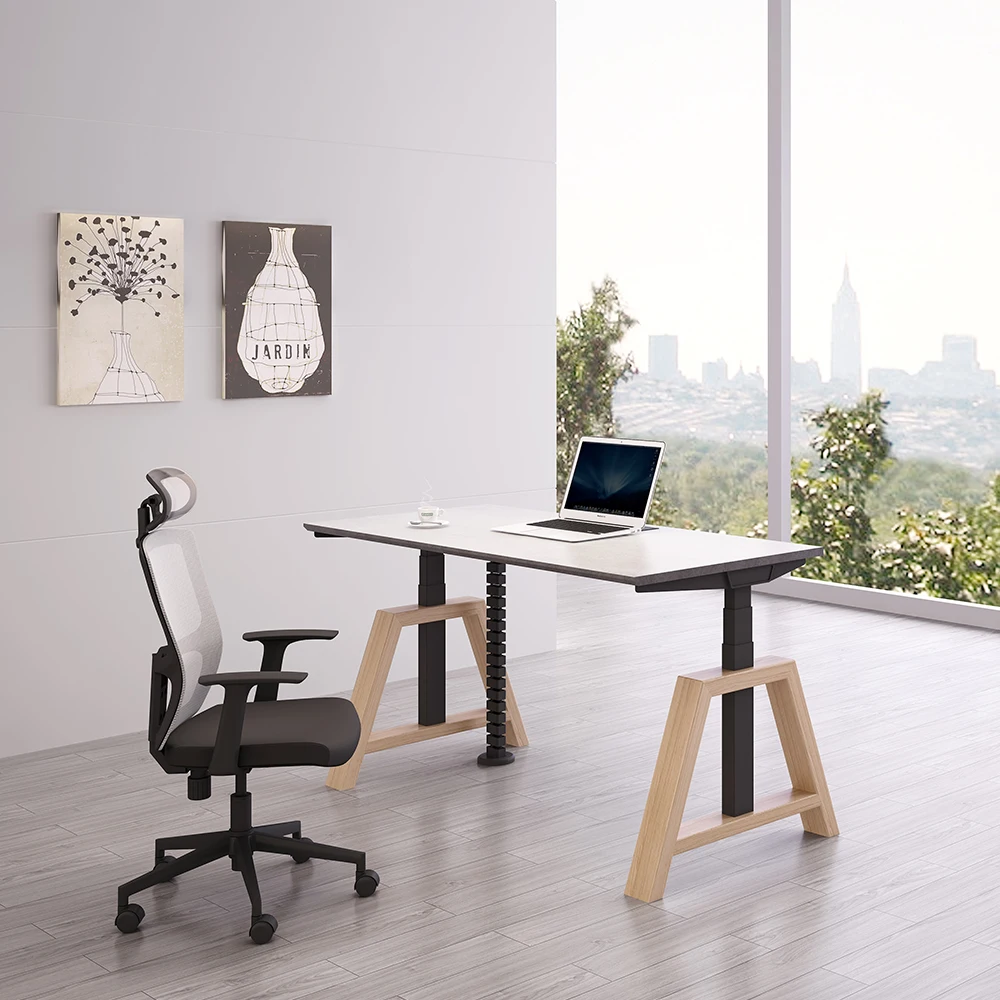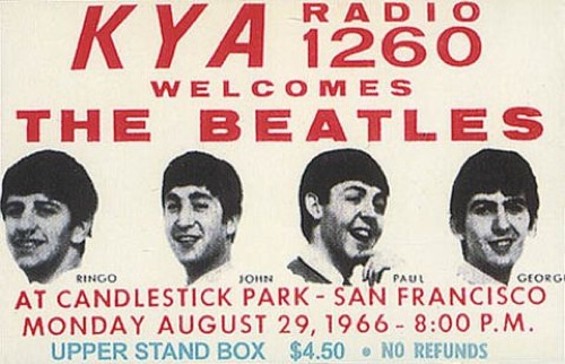

The two systems usually share microphones and direct inputs using a splitter microphone snake.
Onstage desk professional#
More frequently, major professional bands and singers often use small in-ear monitors rather than onstage monitor speakers. A separately mixed signal is often routed to the foldback speaker to allow musicians to hear their performance as the audience hears it or in a way that helps improve their performance. The monitor system reproduces the sounds of the performance and directs them towards the onstage performers (typically using wedge-shaped monitor speaker cabinets), to help them hear the instruments and vocals. In situations with poor or absent foldback mixes, vocalists may end up singing off-tune or out of time with the band. The naturally reflected sound is delayed and distorted, which could, for example, cause the singer to sing out of time with the band. Without a foldback system, the sound that on-stage performers would hear from front of house would be the reverberated reflections bouncing from the rear wall of the venue.

Each system consists of a mixing console, sound processing equipment, power amplifiers, and speakers. The drummer has both a subwoofer cabinet (for monitoring the bass drum and the electric bass) and a "wedge"-style cabinet for monitoring vocals and mid- or high-frequency sounds.įor live sound reproduction during popular music concerts in mid- to large-size venues, there are typically two complete loudspeaker systems and PA systems (also called sound reinforcement systems): the main or front-of-house system and the monitor or foldback system. This small venue's stage shows an example of a typical monitor speaker set-up: there are three "wedge" monitors directed towards the area of the stage where singers and instrumentalists will be performing. For example, the lead singer can ask to hear mostly their voice in the monitor in front of them and the guitarist can ask to hear mostly the bassist and drummer in their monitor. In the most sophisticated and expensive monitor set-ups, each onstage performer can ask the sound engineer for a separate monitor mix for separate monitors. A stadium rock concert may use a large number of monitor wedges and a separate mixing console and engineer on or beside the stage for the monitors. A small pub or nightclub may have a single monitor speaker on stage so that the lead vocalist can hear their singing and the signal for the monitor may be produced on the same mixing console and audio engineer as the front-of-house mix. Monitor systems have a range of sizes and complexity. This mix typically highlights the vocals and acoustic instruments so they can be heard over the electronic instruments and drums. The monitor system is driven by a mix separate from the front-of-house system.

The main or front-of-house (FOH) system amplifies the onstage sounds for the main audience. With the exception of the smallest venues, such as coffeehouses, most mid- to large-sized venues use two sound systems. The sound at popular music and rock music concerts is amplified with power amplifiers through a sound reinforcement system. The monitor system allows musicians to hear themselves and fellow band members clearly. Typically, the speaker would be covered with a metal grille to protect it.Ī stage monitor system is a set of performer-facing loudspeakers called monitor speakers, stage monitors, floor monitors, wedges, or foldbacks on stage during live music performances in which a sound reinforcement system is used to amplify a performance for the audience. A JBL floor monitor speaker cabinet with a 12" woofer and a "bullet" tweeter.


 0 kommentar(er)
0 kommentar(er)
